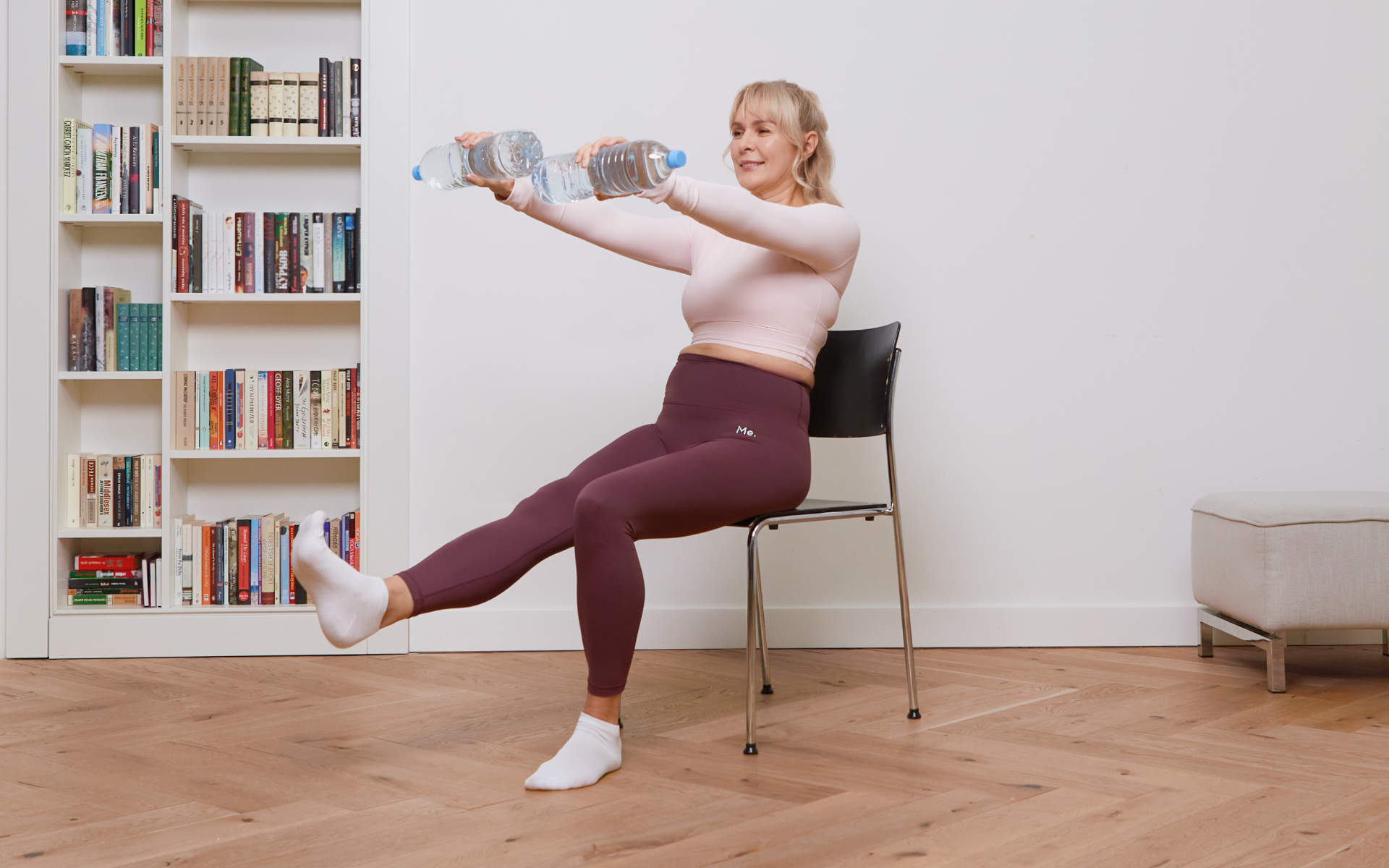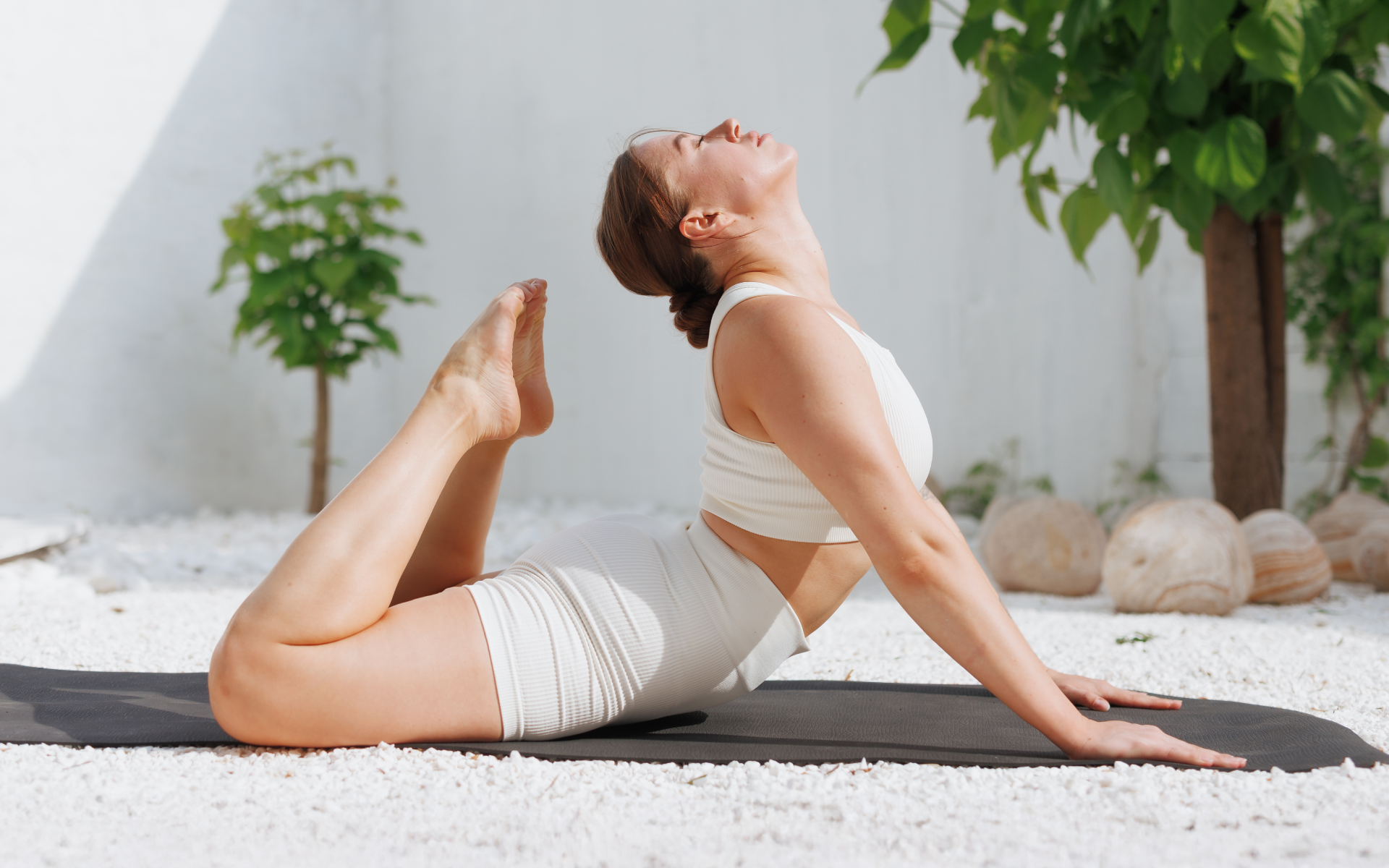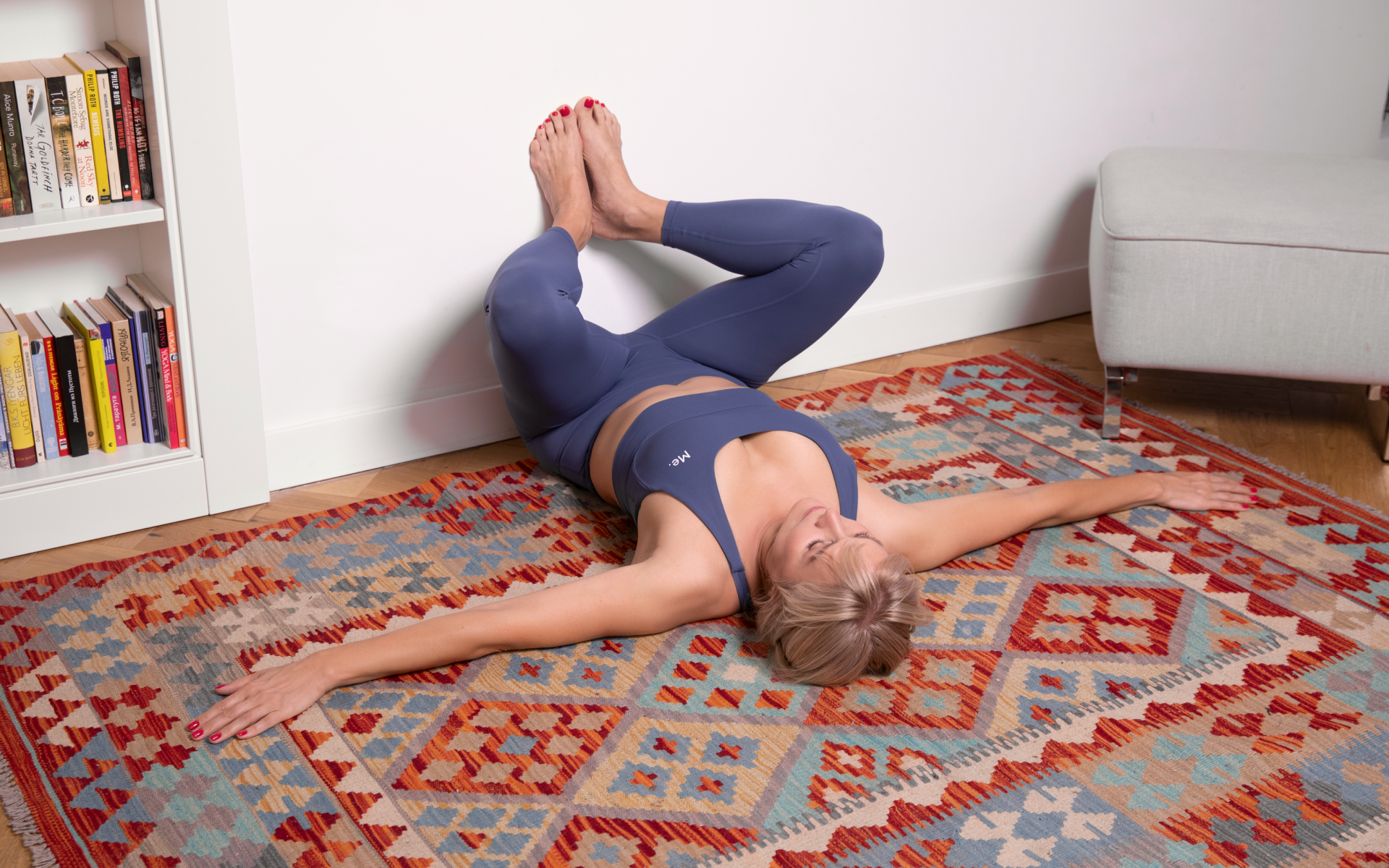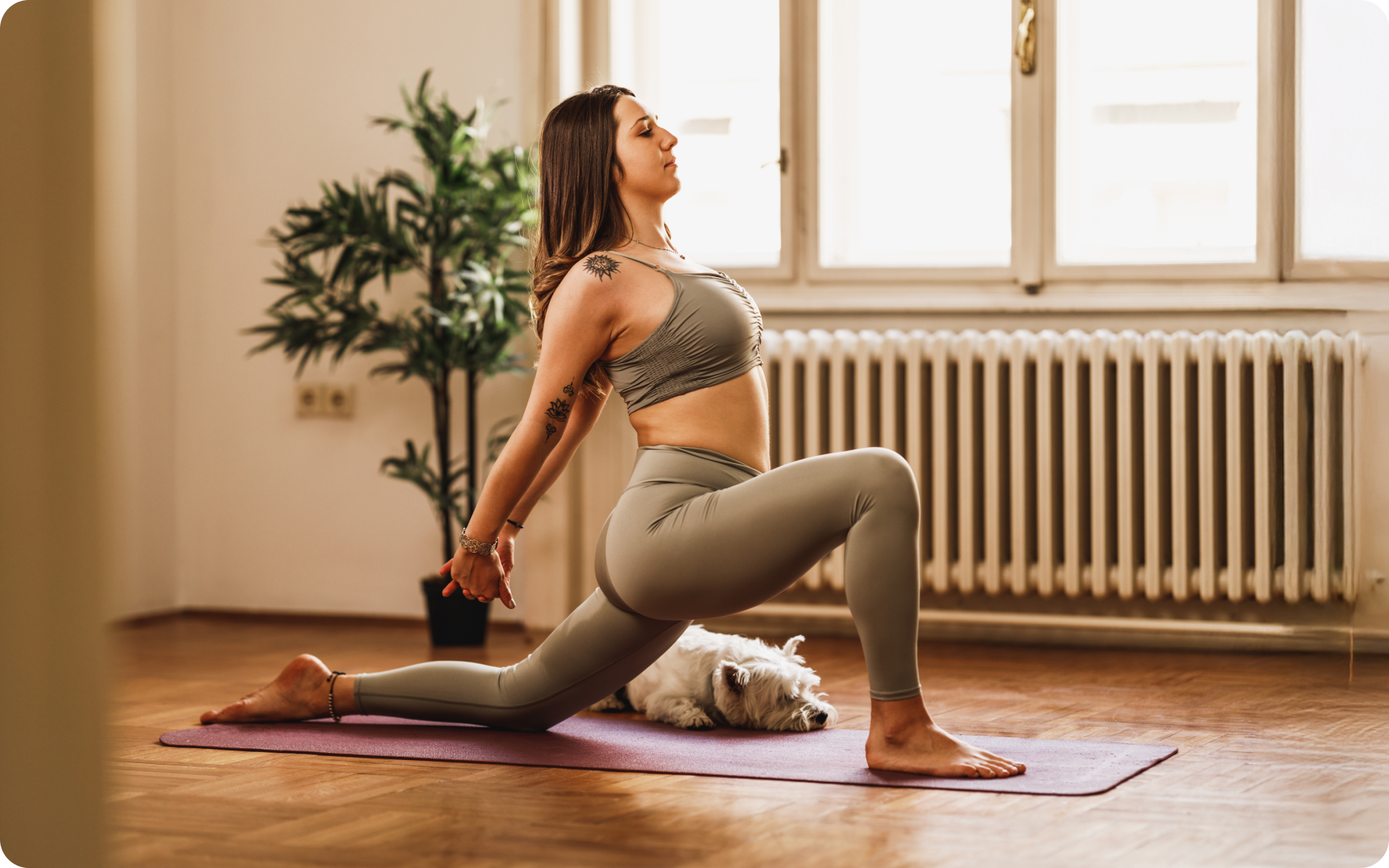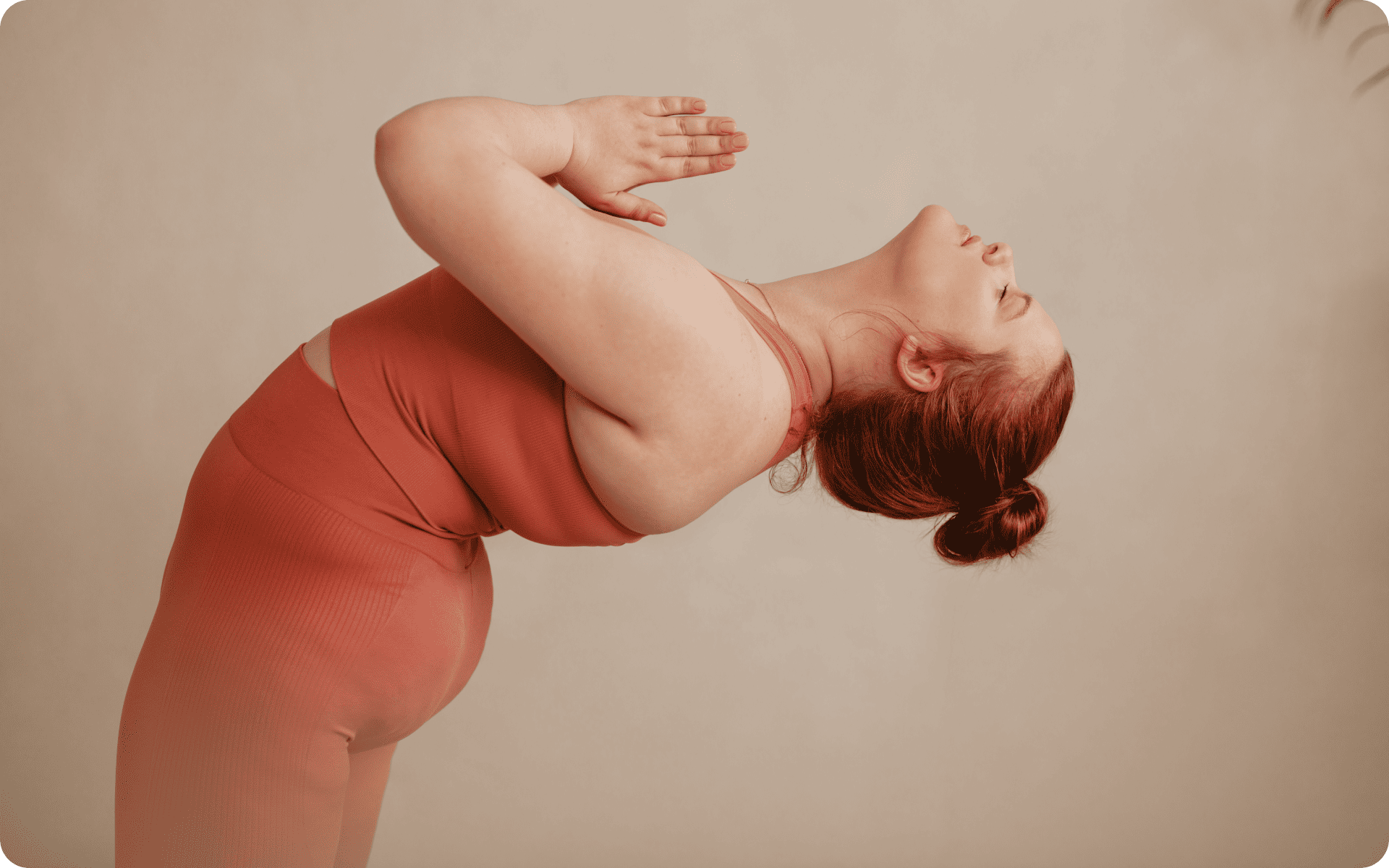Yoga offers multiple benefits, including better muscle strength and tone, increased flexibility, and improved respiration (1). However, it may be counterproductive if you don’t schedule it properly alongside your workouts.
So, should you do yoga before or after workout sessions? Well, that depends on multiple factors. For example, if the workout relies more on strength than flexibility, then you would rather do it after the workout.
Here is an in-depth explanation on when to schedule yoga sessions and the reasons why.
Should I Do Yoga Before or After a Workout?
Generally, the answer to whether you should do yoga before or after workout sessions is to do it after. In fact, you may get more benefit from it by scheduling it on a separate day from your workouts.
Why?
A key reason is that your muscles, fascia, and other tissues are generally weaker following the session. This is particularly so during practice that involves sustained poses and deep stretches.
Therefore, you may not perform your workouts to the maximum capacity due to the weakened body tissues.
If your workouts require lots of strength, this should be a major consideration.
The ability of muscles to contract is what makes them strong. But yoga stretches out your muscles to new lengths, reducing the muscles’ ability to contract (2).
Your muscles will take several hours to regain their ability to contract after. That means you shouldn’t jump straight to exercise after the session.
If you tend to let yourself off the hook, raise the white flag when things get tougher than you expected, send yourself on an unconscious binge-eating trip – BetterMe app is here to help you leave all of these sabotaging habits in the past!
Why You Should Not Do Yoga Before Exercise
Perhaps you still need a better explanation on whether to do yoga before or after workout sessions.
To better understand this issue; here are some more reasons on why you shouldn’t do it before exercise.
Various studies have revealed that pre-workout stretching is not necessarily helpful (3). Since this typically involves stretching, doing it before exercise may not help your workout.
Contrary to what you may assume, pre-workout stretching may not help in:
- curbing muscle soreness after your workout
- preventing injury
- improving performance
Moreover, stretching can weaken your performance.
If your yoga session involves static stretching, it will likely produce temporary loss of muscle strength. This will impact your muscles even more if you hold the static stretch for more than 45 seconds (4).
However, if it involves purely dynamic stretches, it may be useful to your workout. With dynamic stretches you don’t hold the stretch, but keep moving the body part. This is especially useful if the dynamic stretches are similar to your workout movements, at a lower intensity.
Read more: Yoga for Moms Who Need a Break: A Simple Guide
Why You Should Do Yoga After Exercise
Doing it after your exercise offers far more benefits.
It’s the ideal time to practice yoga, which helps the transition from high-energy workouts to a normal resting phase.
Here are some of the benefits of doing it after exercise:
Helps Your Muscles Heal After Workouts
Does yoga help your muscles recover after workouts?
Yes, it does.
After a workout, it helps your muscles heal by increasing blood flow to the muscles. The increased blood flow brings in essential nutrients and oxygen that your active tissues need (5). This, in turn, helps muscles damaged during workouts to repair quicker.
And, does it tone your body after workouts?
Yes, it also physically restores your muscles.
You probably know that muscles consist of fibers interlocking together. Muscle contractions are essentially those fibers moving alongside one another to make the muscle shorten. After exercise, some muscles may stay contracted, causing tightness and stiffness.
That’s where yoga comes in.
It helps stretch out all your muscles fully. This realigns your muscle fibers, creating uniform stretching. In that state, your muscles can now recover better and faster.
And it gets better.
Continuous stretching over time makes your muscles more flexible. Such flexible muscles are less likely to get damaged and exert less strain on your joints. Ultimately, you’ll not only reduce the risk of harm on your muscles, but also help prevent your joints from developing osteoarthritis.
Slows Your Heartbeat
When you workout, your heartbeat rate increases. Therefore, you need to stabilize the heartbeat back to your normal resting pace.
Yoga plays a role in this through a deep and slow breathing practice.
Deep breathing stimulates the vagus nerve in your body. This plays a crucial role in the parasympathetic nervous system which helps conserve energy by slowing your heart rate. Such action counteracts your sympathetic nervous system which is activated during workouts to produce stress responses (6).
The eventual effect is slower heartbeats and a drop in blood pressure. After repeated practice, you can sustain this effect which can also alleviate heart disease.
Reduces Cortisol and Blood Sugar Levels
Moderate to high intensity workouts can increase your body’s cortisol levels (7). This is a natural stress hormone and high levels of the hormone can:
- raise your blood pressure
- suppress your immune system
- cause muscle weakness and wasting
- increase your chances of developing diabetes
Fortunately, yoga practice can help reduce the level of cortisol in your body.
Another benefit of practicing it is that it helps reduce the concentration of sugar in your blood. This counteracts the effect of short, vigorous workouts that increase your blood sugar levels (8).
Regular practice increases the sensitivity of your body to insulin. This causes more sugar to move into your muscles from your blood. Moreover, insulin-producing cells within your pancreas become more sensitive to increased blood sugar levels.
In the long run, the effect of yoga on blood sugar will also help you manage or even prevent diabetes.
BetterMe app is a foolproof way to go from zero to a weight loss hero in a safe and sustainable way! What are you waiting for? Start transforming your body now!
Your Body is More Pliable After Exercise
According to the United Kingdom National Health Service, the best time to perform the stretches typical of yoga practice is when your muscles are warm and pliable. A great time when this happens is after exercising, especially since you may not have time to organize a separate day for a dedicated session (9).
But how often should you do yoga?
Considering that you can do it right after exercising, you can have 3-5 sessions a week just like your workout sessions.
Yoga as a Warm-Up Routine
You may also consider doing it before workout sessions as a warm-up routine.
But this will depend on the type of yoga. The sessions should not have static stretching, but instead have dynamic stretches.
So, does it matter if you do your sessions before or after your workout?
That ultimately depends on the type of workout and even how you perform your sessions.
Pre-Workout Yoga May Be Useful for Some Exercises
The debate on whether to workout before or after yoga cannot be done without addressing the specific type of exercise.
There are certain exercises that rely more on flexibility than strength; hence, will benefit from pre-workout yoga (10). Some activities that require a high degree of motion include:
- figure skating
- ballet
- gymnastics
Even certain types of martial arts may benefit from greater flexibility, despite a reduction in power. For instance, you may require a wide range of motion to effectively perform a kick, rather than increased power.
Read more: Somatic Yoga: A Journey to Self Discovery
DISCLAIMER:
This article is intended for general informational purposes only and does not serve to address individual circumstances. It is not a substitute for professional advice or help and should not be relied on for making any kind of decision-making. Any action taken as a direct or indirect result of the information in this article is entirely at your own risk and is your sole responsibility.
BetterMe, its content staff, and its medical advisors accept no responsibility for inaccuracies, errors, misstatements, inconsistencies, or omissions and specifically disclaim any liability, loss or risk, personal, professional or otherwise, which may be incurred as a consequence, directly or indirectly, of the use and/or application of any content.
You should always seek the advice of your physician or other qualified health provider with any questions you may have regarding a medical condition or your specific situation. Never disregard professional medical advice or delay seeking it because of BetterMe content. If you suspect or think you may have a medical emergency, call your doctor.
SOURCES
- The Benefits of Yoga (n.d., osteopathic.org)
- Stretching Is Overrated (2014, theatlantic.com)
- To Stretch or Not to Stretch: The Role of Stretching in Injury Prevention and Performance (2010, pubmed.ncbi.nlm.nih.gov)
- Does Pre-Exercise Static Stretching Inhibit Maximal Muscular Performance? A Meta-Analytical Review (2013, pubmed.ncbi.nlm.nih.gov)
- The Effects of Yoga Training and a Single Bout of Yoga on Delayed Onset Muscle Soreness in the Lower Extremity (2004, researchgate.net)
- Effects of Yoga on the Autonomic Nervous System, Gamma-Aminobutyric-Acid, and Allostasis in Epilepsy, Depression, and Post-Traumatic Stress Disorder (2012, pubmed.ncbi.nlm.nih.gov)
- Exercise and circulating Cortisol levels: The intensity threshold effect (2014, link.springer.com)
- EFFECT OF PROLONGED PHYSICAL INACTIVITY ON TOLERANCE OF SUGAR (1945, jamanetwork.com)
- Do I need to stretch before exercising? (2018, nhs.uk)
- Stretching and Injury Prevention: An Obscure Relationship (2004, pubmed.ncbi.nlm.nih.gov)




